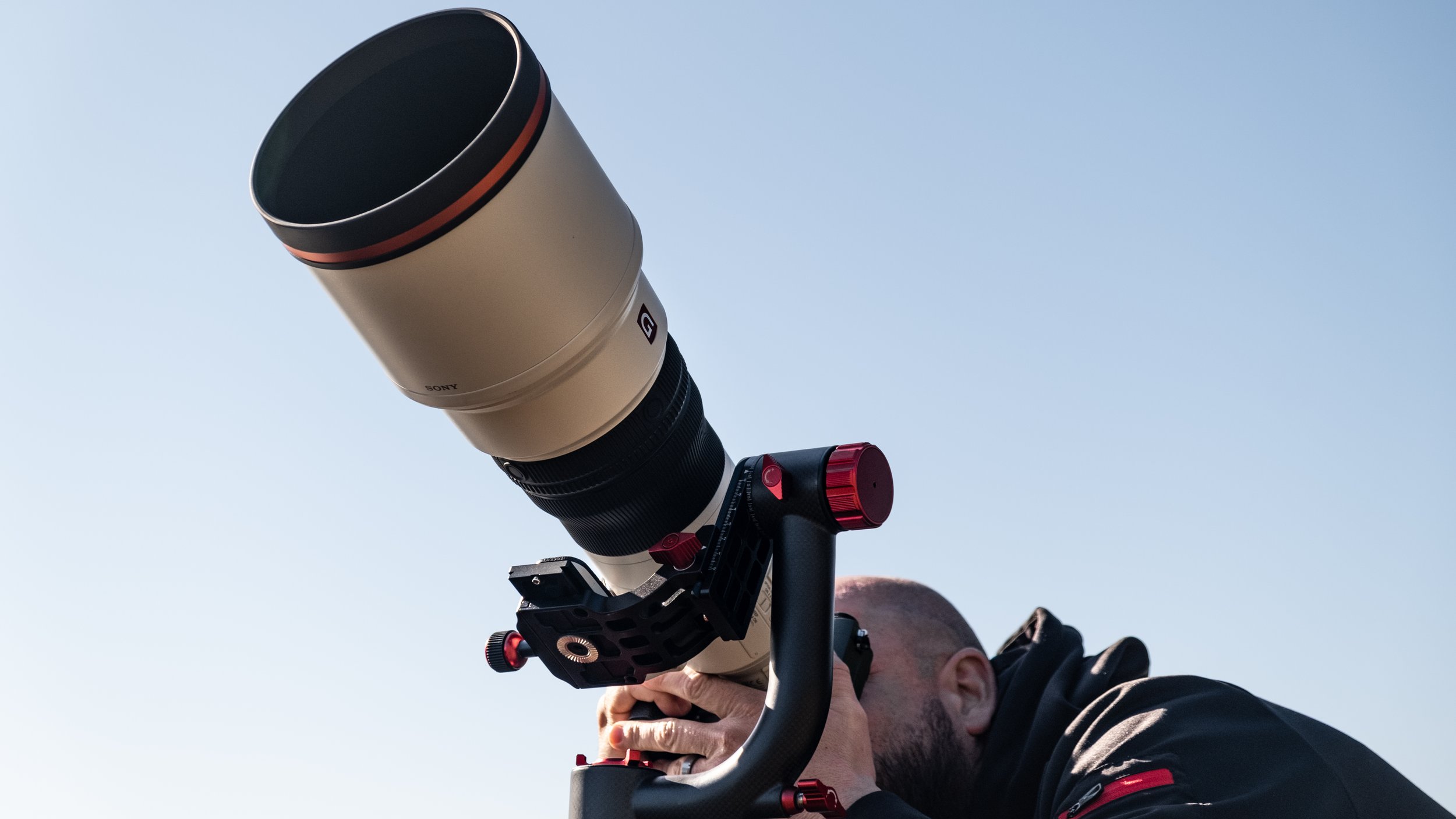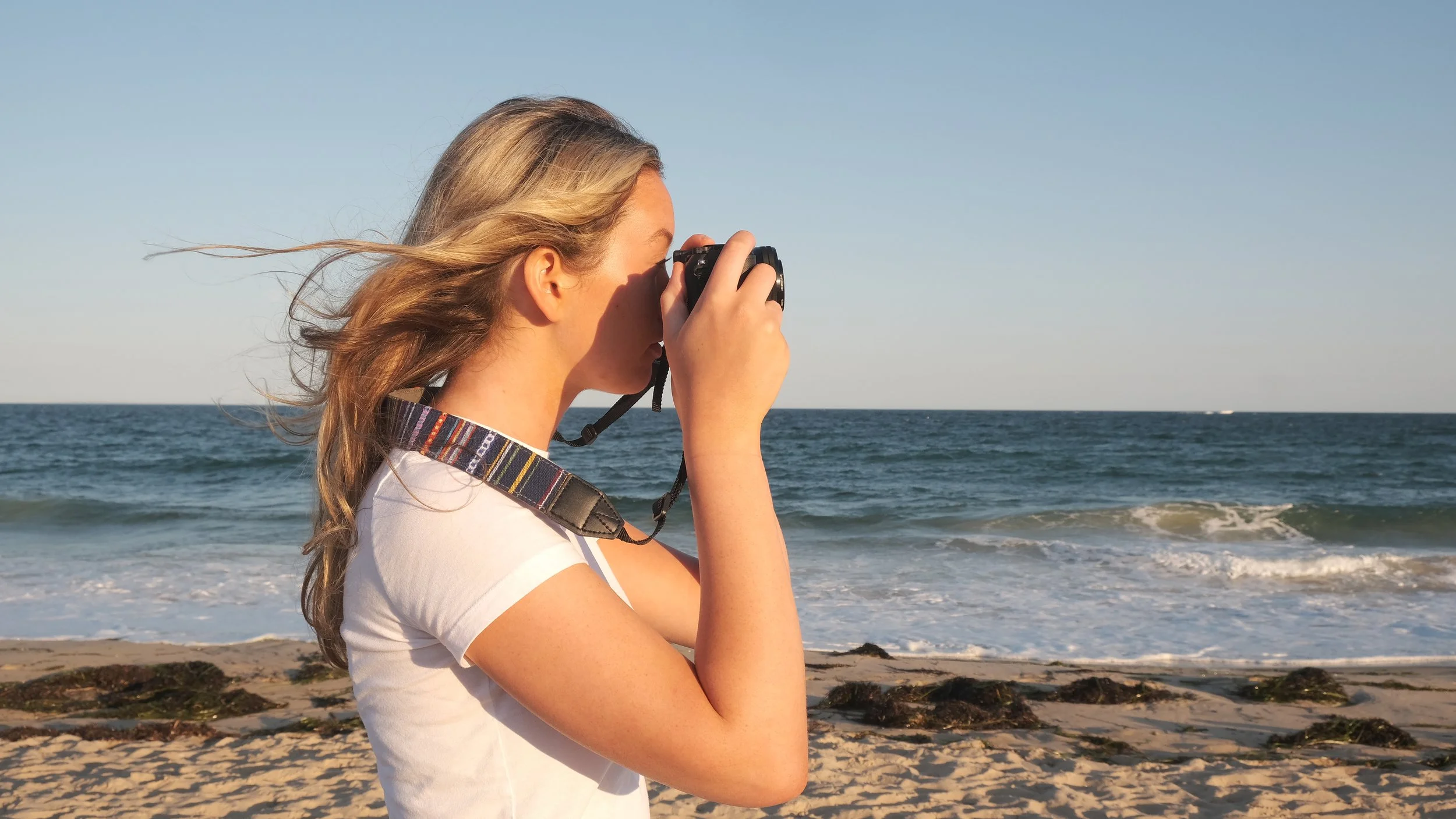The Benefits of a Gimbal for Photography
A photographer looking for stability usually goes for a tripod or monopod. A photographer looking for control with stability should add in a gimbal head. What exactly is a gimbal head and how does it supplement the benefits of a tripod? We explain why it deserves a spot in your camera bag below.
What is a gimbal head?
A manual gimbal head balances the weight of your camera and lens for additional stability when taking photos. Gimbal heads are great for heavy setups and massive telephoto lenses, with the ProMaster GH31C supporting up to 33 lbs. of gear. This means you can easily pan, tilt, and swivel even large camera rigs with ease. And ease of use can make all the difference when shooting unpredictable subjects, like wildlife or sporting events.
ProMaster’s line of gimbal heads have temperature ratings and high weight capacities to fit your needs. All three gimbal heads, the GH11, GH26, and GH31C, have cold weather ratings to -13° F/-25° C. Maximum load capacities range from 13 lbs. 4 oz for the GH11 to an impressive 33 lbs for the GH31C. The GH31C uses a lightweight, high-strength carbon fiber material for its main body and CNC-machined aluminum for other parts. The result is a unit with an excellent strength-to-weight ratio and a tremendous maximum load capability. The carbon fiber design also helps to reduce vibrations when compared to an all-metal gimbal and is easier to handle in freezing temperatures. All three gimbals by ProMaster weigh under three pounds, so they won’t weigh you down on your way to shoot.
What’s the benefit of a gimbal over handheld photography?
After setting up your gimbal on a tripod and attaching your camera, adding the included smooth control handle gives you the option to effortlessly track moving subjects. ProMaster gimbals have independent drag control both at the arm and at your pan, so you can dial in the amount of drag you need for when you’re following subjects. Lock knobs allow you to isolate your movement to either pan or tilt.
Once adjusted properly, the gimbal always maintains perfect balance for your camera body and lens, so you never have to struggle to keep the lens steady. And when you do need to move, the gimbal’s movements are smooth. You’ll be able to swing the camera in any direction with just the push of a finger.
When should a gimbal be used?
Gimbals are commonly used by wildlife photographers and birdwatchers. A gimbal setup allows the camera to stay still to capture photos of animals in their natural habitat — undisturbed. Sports photographers also often use gimbals. Panning to capture the players in motion, even from a hundred yards away, is made easier with a gimbal. When using a heavier lens like a super telephoto, a gimbal allows ease of use without sacrificing your camera’s capabilities.
Where can I get a gimbal?
Your local camera store, of course! You can also easily shop for a gimbal head online. Check out ProMaster’s gimbals here. And if you have any further questions about how to use a gimbal and getting the right one for your camera, reach out to our customer support team here.
Tracking moving subjects can be a chore with a traditional tripod head, especially when using a long and heavy lens. Adding a gimbal makes the most of a tripod’s stability while allowing you to pan and tilt with ease. Get one in your kit now!










